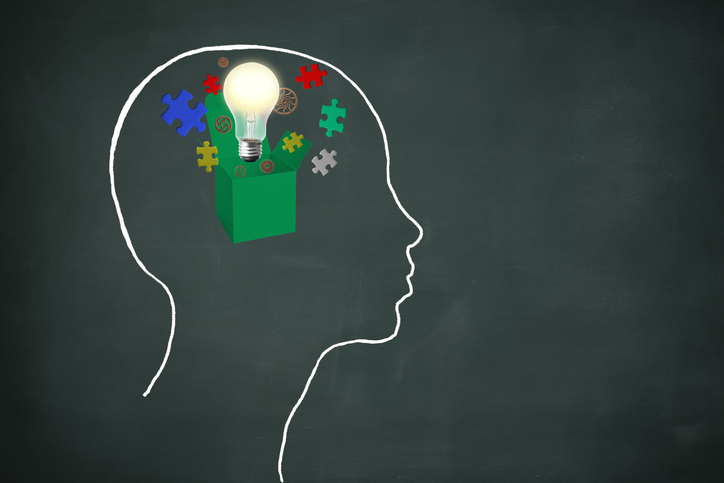Editor’s note: Sheryl Brie is a qualitative research director and moderator at PRS In Vivo, New York.
Creating a realistic context when testing packaging and shopper marketing concepts provides more predictive results. But turning a respondent into a shopper in a research setting can be challenging. Shoppers’ behaviors are significantly impacted by context so the closer we can simulate the shopping experience in testing, the more reliable we can make the results and recommendations.
Shoppers do not spend hours at a store shelf examining every product’s features and benefits to justify their purchases on a price and quality level. Instead, consumers’ shopping experiences are based on their own personal filters. These filters help them take in the world in a way that economizes the efforts given to a task (a guiding principle of behavioral science).
The average number of items carried in a supermarket is 30,098 (Source: 2017 Food Marketing Institute), and shoppers have hundreds, if not thousands, of other decisions to make so their brains decide what needs genuine attention. To accomplish this, shoppers use mental shortcuts (heuristics) to lighten the cognitive load. Behavioral science refers to this as System 1 thinking, which manifests for consumers through cognitive biases and the automatic, almost unconscious reaction to stimuli. How and when shoppers display these biases in their purchases depends on how much effort a shopper gives this task and how important it is to avoid loss/risk in the final decision.
System 1 vs. System 2
 Risk is low in most grocery store categories (think 12 grain vs. 10 grain bread) and choices are typically influenced by automatic, unconscious System 1 thinking. There are exceptions: allergies, first-time buys in categories such as infant formula and other choices where there is actual risk of getting it wrong.
Risk is low in most grocery store categories (think 12 grain vs. 10 grain bread) and choices are typically influenced by automatic, unconscious System 1 thinking. There are exceptions: allergies, first-time buys in categories such as infant formula and other choices where there is actual risk of getting it wrong.
More expensive, less frequent purchases such as buying a car require more cognitive effort, relying on more rational System 2 thinking. More is at stake and more factors are involved in making a final decision.
Consumers rarely take time to deliberate on what to put in their grocery cart. Shoppers rely on the cues in the category and packaging to help them make decisions. Conducting research in an environment that simulates the actual conditions under which a shopper’s System 1 thinking is activated gets closer to real life results.
Framing the mind-set
While researchers need to focus on recreating the physical store environment, it is just as important to create the mental setting. People don’t just go to a store with no mission. Even retail therapy is a mission!
Researchers need to set up a shopping scenario in a way that prompts respondents to shop with their usual filters. Something as simple as a list makes the experience more real. Shopping trip scenarios should include the trip type (e.g., quick, fill in, pantry stock or impromptu) and be customized for the category to create a more realistic shopping experience leading to more accurate and actionable results.
Having a participant shop without their filter in a research setting will result in creating a beauty contest among packaging, with an uncharacteristically luxurious amount of time that allows for an unusually high amount of cognitive effort (System 2) to be exerted without risk.
Respondents want to be good participants so they tend to do and choose more than they would in a real setting. Researchers need to steer subjects away from this mind-set. Without proper context, respondents are more likely to claim they would try and do anything to appear smart and helpful in their research task. This is where results can get skewed, causing marketers to miss solid opportunities for impactful optimizations or worse, make wrong decisions.
The shopping simulation
 Shopping within a realistic mind-set is highly personal so helping shoppers’ cue this up takes great skill, rapport and experience from a moderator to set the stage and inspire the shopper to tap into these emotions, values, risks and rewards in a research setting.
Shopping within a realistic mind-set is highly personal so helping shoppers’ cue this up takes great skill, rapport and experience from a moderator to set the stage and inspire the shopper to tap into these emotions, values, risks and rewards in a research setting.
How do the best moderators do this?
- Ask participants to create a shopping list based on the type of shopping event that matches your product. Is it shopped for seasonally, every day or triggered by a symptom? Go over this list with the participant before they shop to force cognitive fatigue.
- Ask them to keep a budget in mind that is accurate for this shopper and for the trip.
- Have the shopper consider the time frame to consumption of the products purchased. Why? Shoppers tend to seek more variety and options when the consumption occurs over a longer period of time.
- Have shoppers consider who would be the actual end consumer.
- Have them shop more than one category and expend the cognitive energy to find things in the store.
- Give them permission to think of their own needs (not just others in the household). When does this shopper tend to treat themselves vs. save money?
- What is the current financial climate for the shopper? Is this right after pay day or is it more of a “funds are low” situation?
- Depending on the category, what occasion and what trip type is this (i.e., fill in, stock up, retail, entertainment, mission, etc.)?
- Grant the shopper the permission to not make a purchase at all if conditions don’t seem right.
Are you mentally exhausted yet with all these pre-shopping mind state tasks? Good! That’s the point.
When we employ System 1 behavioral principles with the full shopper context, physical and mental, we reveal a more accurate look at consumer behavior. We can observe the impact of the shoppers’ use of heuristics in decision-making, identifying what is at play to aid in understanding the effectiveness of packaging design in market. As a result, we can obtain deeper insights with more actionable research results.
